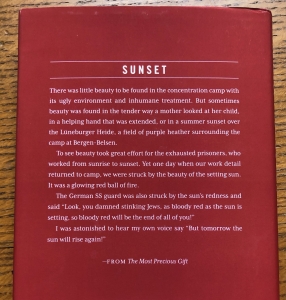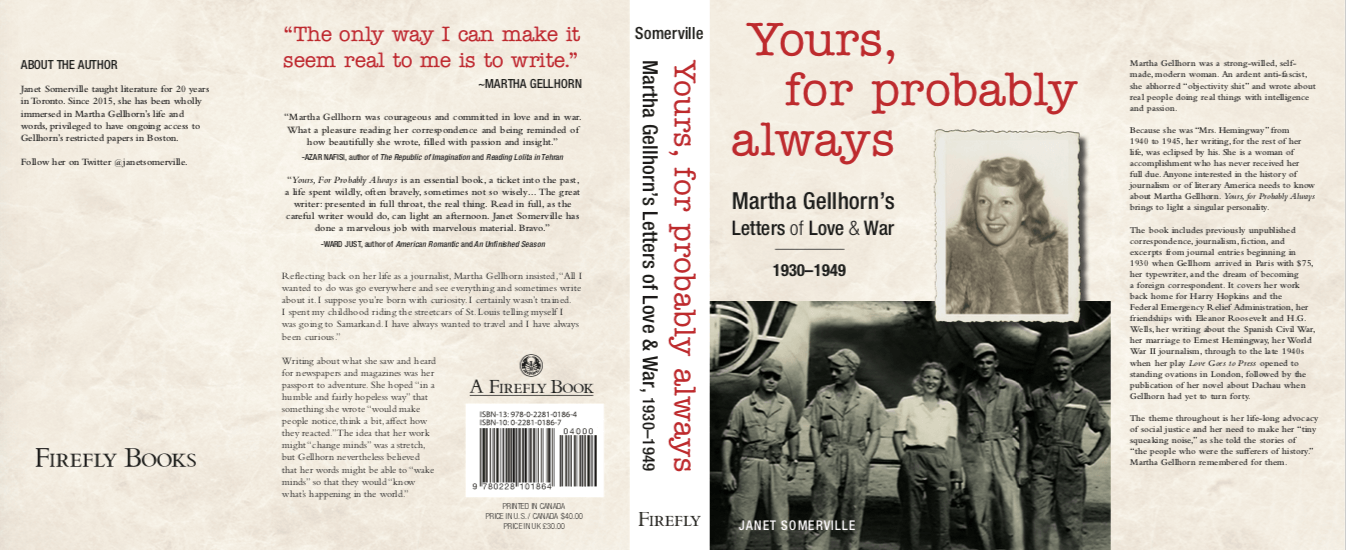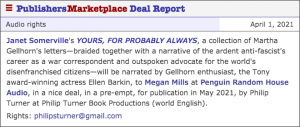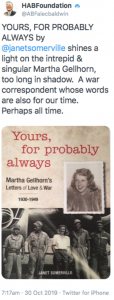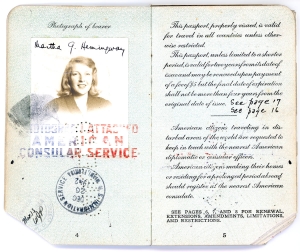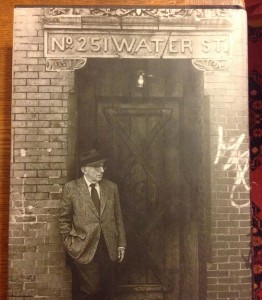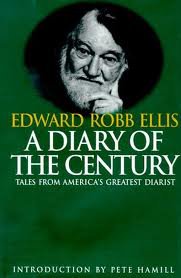Recommending “The Most Precious Gift: Memories of the Holocaust, a Legacy of Lisette Lamon”
 Readers of this blog may recall that I worked with photojournalist Ruth Gruber, editing her work and helping her publish six of her eighteen books during her career as a trailblazing woman photojournalist and chronicler of displaced persons (DPs) after the Holocaust. Books we worked on together include Haven: The Dramatic Story of 1000 WWII Refugees and How They Came to America (Carroll & Graf Publishes, 2000) and Exodus 1947: The Ship that Launched a Nation (Union Square Press, 2008).
Readers of this blog may recall that I worked with photojournalist Ruth Gruber, editing her work and helping her publish six of her eighteen books during her career as a trailblazing woman photojournalist and chronicler of displaced persons (DPs) after the Holocaust. Books we worked on together include Haven: The Dramatic Story of 1000 WWII Refugees and How They Came to America (Carroll & Graf Publishes, 2000) and Exodus 1947: The Ship that Launched a Nation (Union Square Press, 2008).
In the same vein, in 1999 while Executive Editor at Crown Publishing, I acquired rights to IBM and the Holocaust: The Strategic Alliance Between Nazi Germany and America’s Most Powerful Corporation by Edwin Black. And in the early 1990s, I edited Solly Ganor’s affecting wartime memoir, Light One Candle: A Survivor’s Tale from Lithuania to Jerusalem, which recounted his survival in the Kaunas (Kovno) ghetto and as a teenaged forced to labor underground in a dangerous mine. Let it suffice to say that Holocaust-themed titles are very much a part of my publishing persona.
That is why I was excited recently when we had the opportunity to edit a remarkable first-person primary source narrative of the Holocaust titled The Most Precious Gift: Memories of the Holocaust, A Legacy of Lisette Lamon.
Lisette Lamon was nineteen and engaged to Benno, the young man she loved, when with her parents she fled from Amsterdam to New York City prior to the Nazi invasion of Holland. Unable to bear the separation from her fiancé, she returned to Amsterdam so they could marry. Soon after their wedding, the Nazi occupiers of the Netherlands came to their home, to arrest a young man who had been rooming with them. In his absence, Benno was arrested instead and deported to the Mathausen concentration camp in Austria, where he would die under Nazi captivity. Lisette became a motivated member of the Dutch Resistance, a courier for the movement. However, her work was discovered by the occupiers. She was arrested and sent to the Westerbork transit camp in the Netherlands, then to Bergen-Belsen in Germany.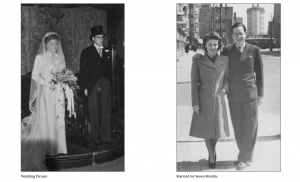
These shattering developments are established in the first few chapters of this emotive book, followed by a clear-eyed report on daily life in the camps, chronicled in thirty-five vignette-length chapters. In one chapter, “Euphemisms,” Lamon writes about the vocabulary inmates coined to express what they endured—a “Slipper Parade: the shuffling of inmates in the morning on the way to the washroom”; “Transport Noir: a trip to a death camp”; and “Vitamin R: a right connection that might help an inmate gain an extra ration of food.” She writes about achingly beautiful children and stalwart adults who struggled to survive amid deprivation, overwork, malnourishment, and cruel treatment; the decline of the German fighting machine; and the survivors’ hope that if they could only stay alive long enough, they might be liberated by the Allies.
As Allied armies closed in on Bergen-Belsen, Lisette was placed with hundreds of other prisoners on a train car that was driven to the middle of a high bridge. The Germans intended to blow up the span, sending the inmates crashing into the river below and preempting the Allies’ push across the vital link into Nazi-held territory. But liberation came an hour before the explosives could detonate. When an American soldier asked the English-speaking Lisette if she would serve as an interpreter, she seized the opportunity to ask if a note could be sent to her parents in New York City informing them that their daughter was still alive. The officer gasped in astonishment when he looked at the address she gave him and saw it was the same Upper West Side apartment building where his own parents lived in Manhattan!
Lisette Lamon (1920-1982) remarried in the United States, and had a family with her new husband. She became a psychologist who pioneered in providing trauma counseling to survivors of the Holocaust, at a time when the category of survivors of the Holocaust was still a relatively new phenomenon, around the time that journalist Helen Epstein published her seminal book, Children of the Holocaust: Conversations with Sons and Daughters of Survivors (G.P. Putnam, 1979). The manuscript of The Most Precious Gift came to me from David Mendels, the adult son of the author. David and I were friends and classmates at Franconia College in the 1970s, when I often heard from him about his remarkable mother and her Holocaust stories. After we edited the manuscript in consultation with David, the book was recently published in a handsome edition (French Hill Publications, hardcover with jacket, book design by Neuwirth & Associates, 195 pages, 11 photos, $19.45) and we’re gratified to help him get the word out about his mother’s written legacy. We consider the title an ideal expression of what makes this book so special—it is indeed a most precious gift, an ideal Mother’s Day present, for instance. It is available as an ebook, as well as the handsomely printed and bound hardcover, which you may order it via this link.